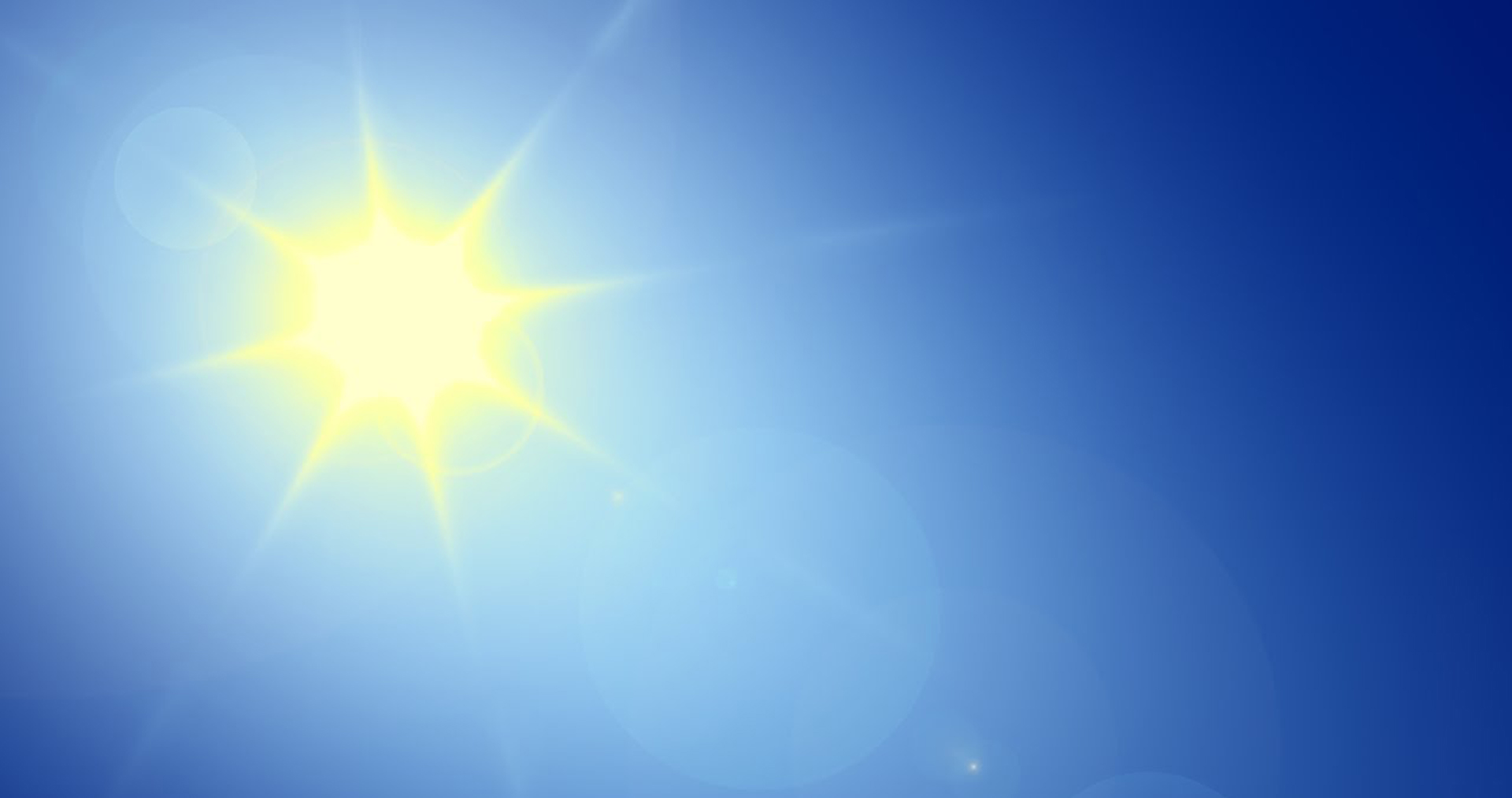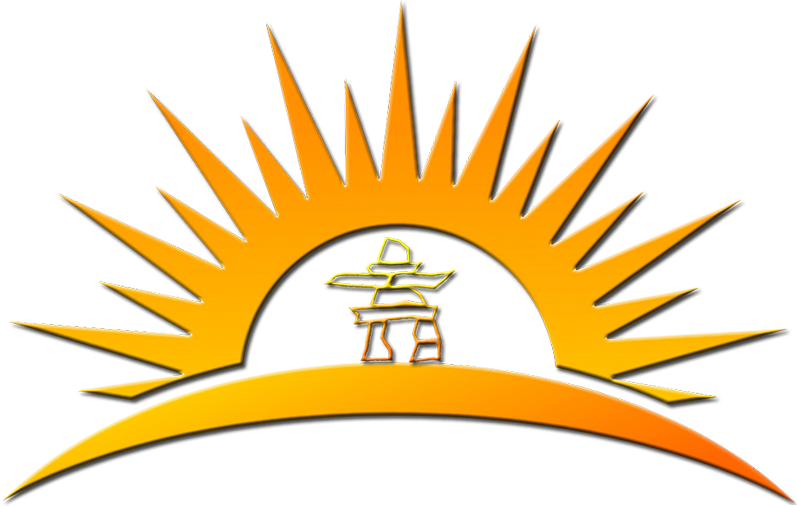




Space Climate 7 Meeting Abstract
Polar conic current sheets. Characteristics of the newfound objects in the heliosphere and in the solar atmosphere
Olga V. Khabarova (1. IZMIRAN/Institute of terrestrial magnetism, Moscow)
Hebe Cremades (2), Olga Malandraki (3), Luciano A. Merenda (2), Vladimir Obridko (1), Roman Kislov (1, 4), Vladimir Kuznetsov (1) Helmi Malova (4, 5), Alessandro Bemporad (6), Alexander Kharshiladze (1), and Lev Zelenyi (4) \\ 2. Universidad Tecnológica Nacional, Facultad Regional Mendoza, Mendosa, Argentina; \\ 3. National Observatory of Athens, Athens, Greece; \\ 4. Space Research Institute, Moscow, Russia; \\ 5. Skobeltsyn Institute of Nuclear Physics, MSU, Moscow, Russia; \\ 6. INAF - Torino Astronomical Observatory, Pino Torinese, Italy
Polar heliosphere and the high-latitude Sun are the least investigated objects of space physics owing to technical reasons. As a result, the interest of the scientific community in processes occurring at high-latitudes has been very modest. Meanwhile, comprehensive studies of the last years allow a piece-to-piece restoration of the picture of structures and processes taking place in the high-latitude heliosphere and the solar corona as seen from measurements of the solar magnetic field, coronographic observations and in situ Ulysses observations of the polar solar wind. In particular, interesting objects representing conic current sheets (CCSs) have been recently found in the polar heliosphere within polar coronal holes (Khabarova et al., ApJ, 2017). CCSs are low-beta and low-speed structures with a size of one tenth of the coronal hole typical size. A stability of these structures is supported by the tornado-like magnetic field. Reconstructions of the magnetic field in the corona show that CCSs are formed in solar minimum near the rotation axis and disappear in solar maximum. The occurrence of the magnetic neutral line inside polar coronal holes is confirmed independently by reconstructions based on the PROBA2/SWAP and SDO/AIA EUV observations. CCSs were crossed by Ulysses very far from the Sun, at 2-3 AU at high heliolatitudes, therefore the structures are very stable. There is evidence for association of energetic particles observed by Ulysses above the pole with reconnection polar jets located at the circle-shaped touchdown of a CCS. Therefore, CCSs may serve as channels for energetic particles accelerated in the solar corona by magnetic reconnection, which sheds light on the mystery of energetic particles observations at high heliolatitudes. A review of the state of the art in the field of studying of these interesting objects will be given. \\ The work is supported by grants of the Russian Federal Property Fund 17-02-00300, 17-02-01328, 18-52-06002, 19-02-00957. \\ Khabarova O.V., Malova H.V., Kislov R. A., L. M. Zelenyi, V. N. Obridko, A. F. Kharshiladze, et al., 2017, High-latitude conic current sheets in the solar wind, The Astrophysical Journal, 836, 108, 1, https://doi.org/10.3847/1538-4357/836/1/108
Mode of presentation: oral (Need to be confirmed by the SOC)
